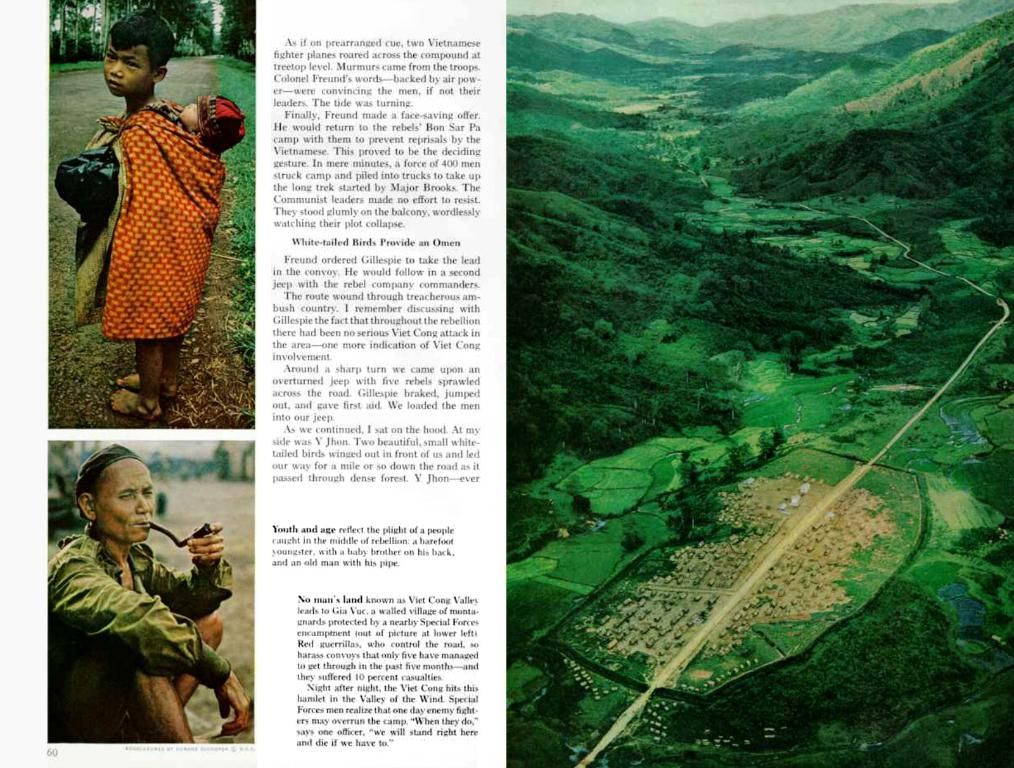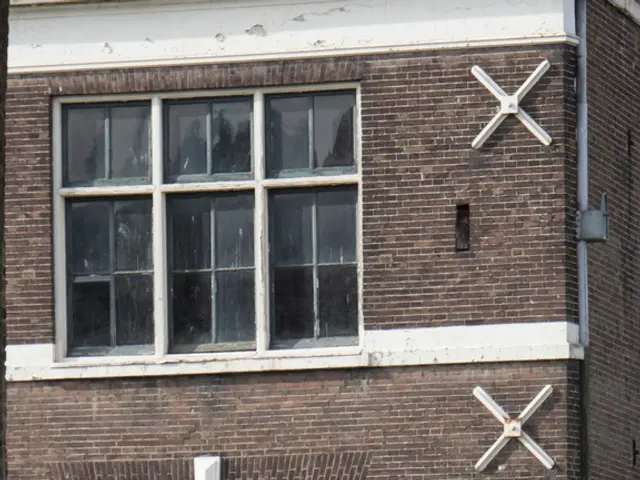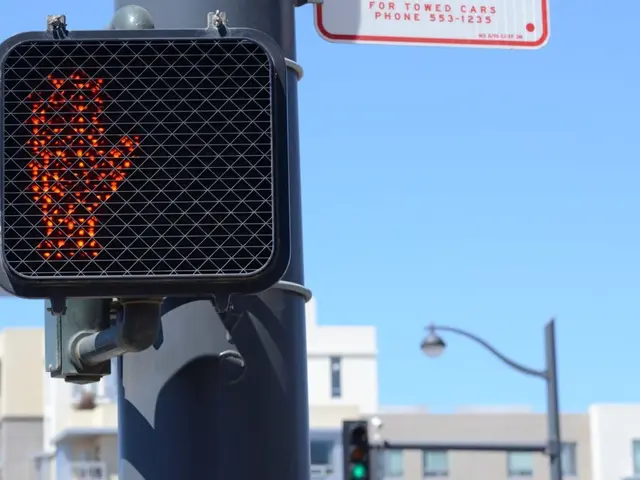Examining the Relevance of 'New Objectivity' in Our Fragmented Era
New Artistic Vision Unleashed Amidst Weimar Republic's Contradictions: Neue Sachlichkeit
After a crushing World War I defeat, Germany plunged into an era of relentless clashes: the Weimar Republic. Amidst democratic trials, economic chaos, jazz-fueled excess, and mounting authoritarianism, a fresh artistic perspective arose: New Objectivity, or Neue Sachlichkeit. Born out of disillusionment, it showcased art as a looking-glass: its purpose was not to inspire but to reveal stark truths.
Fast-forward a century, and the Neue Galerie's 2025 exhibition, running till May 26th, 2025, resurrects this message. Featuring over 140 works across numerous media, a multitude of artists come together, despite ideological and stylistic differences, united by one conviction: portraying the world with piercing clarity.
Neue Sachlichkeit first surfaced in 1925, defined by curator Gustav Hartlaub as a shift in post-expressionist German painting. While Expressionism had distorted and internalized reality, New Objectivity was passionate about transparency. The emotional turmoil of Kirchner or Nolde gave way to the surgical precision of Dix, Grosz, Schad, and others.
This "objectivity" was far from politically neutral or apathetic. It was usually laced with satire, caustic opinions, and despair as these artists saw their world splintering beneath their feet amidst widespread social turmoil.
Although often associated with Bauhaus school, established in 1919, Neue Sachlichkeit had a wider influences. The school, home to artists such as Kandinsky, Schlemmer, and Feininger, leaves its impression on the exhibition, presenting an early record of the movement's inception.
Neue Sachlichkeit is often split into two rival factions: the Verists and the Classicists, and the exhibit ensures to highlight this contrast. The Verists plunged into modern life with biting realism, dissecting war trauma, bourgeois hypocrisy, and the grotesque social stratification of Weimar Berlin. Conversely, the Classicists sought to draw attention to more sleek compositions, often tinged with eerie detachment. They didn't only differ aesthetically, mirroring the nation's internal struggle between confronting chaos and escaping into idealized order.
While Verists wielded rage, Classicists wielded control to portray their subjects precisely. Less prominent today, the Classicist paintings are nonetheless surprising, crafting imagery that feels a world away from Verist despair.
For instance, Christian Schad's 1929 'Count St. Genois d'Anneaucourt' portrays neither reverence nor satire but a crystalline stasis. The Count's expression is virtually inaccessible, almost inhuman. Everything, from his gaze to his gloves, is locked in suspended perfection.
Yet, emotional undercurrents lay beneath the surface. In postwar Germany, identity was often a fragile performance, and Schad's frozen stillness speaks volumes.
However, the Verists were the more vocal critics, wielding outrage. Grosz's 'Eclipse of the Sun' depicts a headless industrialist, his chest emblazoned with a dollar sign, force-feeding facts to a blindfolded president while Death lurks nearby. The sun is hidden behind a golden coin, blocking both light and reason.
Grosz pulls no punches; his anger is strikingly overt through the headless bodies and the fuming general. His portrayal of postwar German governance as a puppet show run by capitalist vultures still stirs a century later.
Overall, Neue Sachlichkeit displayed the psychic wounds of modernity, addressing themes like unemployment, trauma, commodification, and spiritual vacuum. The Neue Galerie 2025 exhibition encapsulates this variety, bringing together the Verists' urgency and the Classicists' stillness. Beyond an aesthetic revival, it signifies a political awakening.
In today's socio-political climate, with the return of far-right authoritarianism and rising social unrest, Neue Sachlichkeit stands as reminder that in challenging times, realism, though uncomfortable, is always crucial.
- The 2025 Neue Galerie exhibition, running until May 26th, 2025, reiterates the message of Neue Sachlichkeit, a movement born out of post-World War I disillusionment, by featuring over 140 works of art that depict the world with piercing clarity.
- Neue Sachlichkeit, often associated with the Bauhaus school, had a wider impact, and the exhibit presents an early record of the movement's inception, including works from artists such as Kandinsky and Schlemmer.
- Neue Sachlichkeit is divided into two rival factions: the Verists and the Classicists, with the exhibit highlighting the contrast between the Verists' bitter realism and the Classicists' detached precision.
- In the socio-political climate of today, marked by the return of far-right authoritarianism and rising social unrest, Neue Sachlichkeit stands as a reminder that in challenging times, realism, though uncomfortable, is always crucial.







